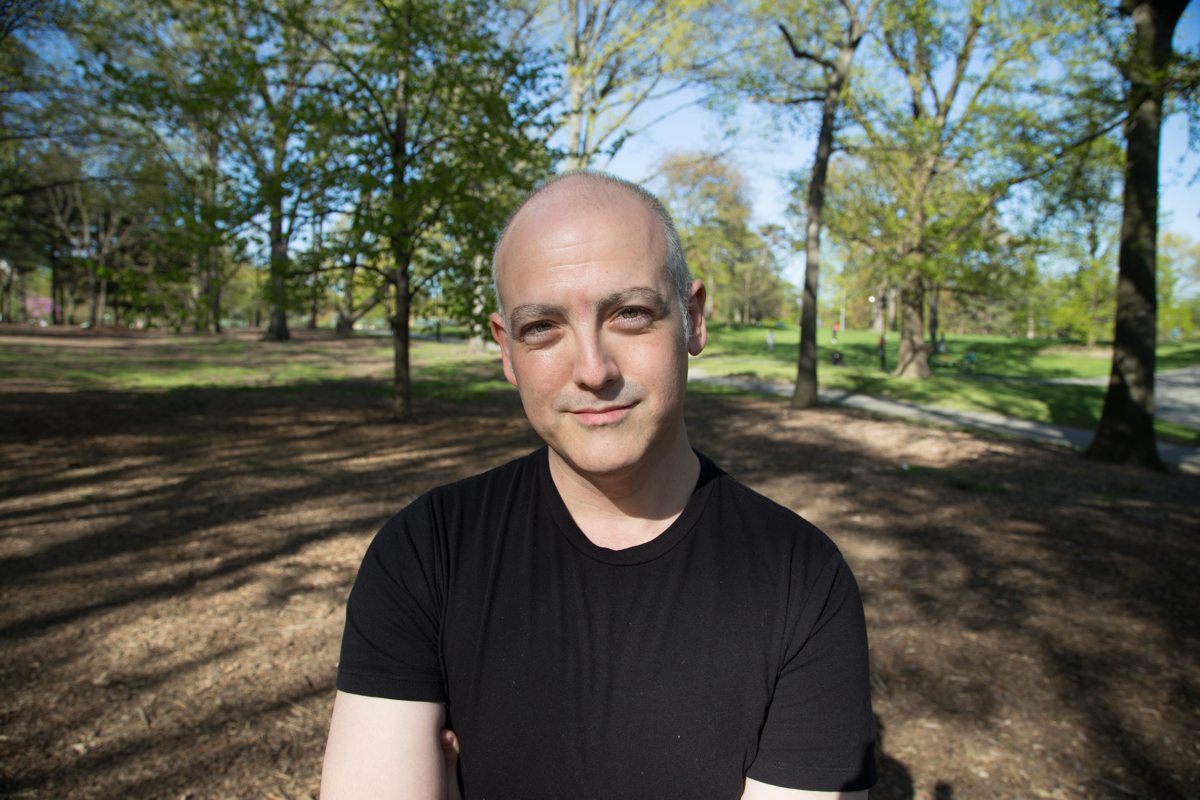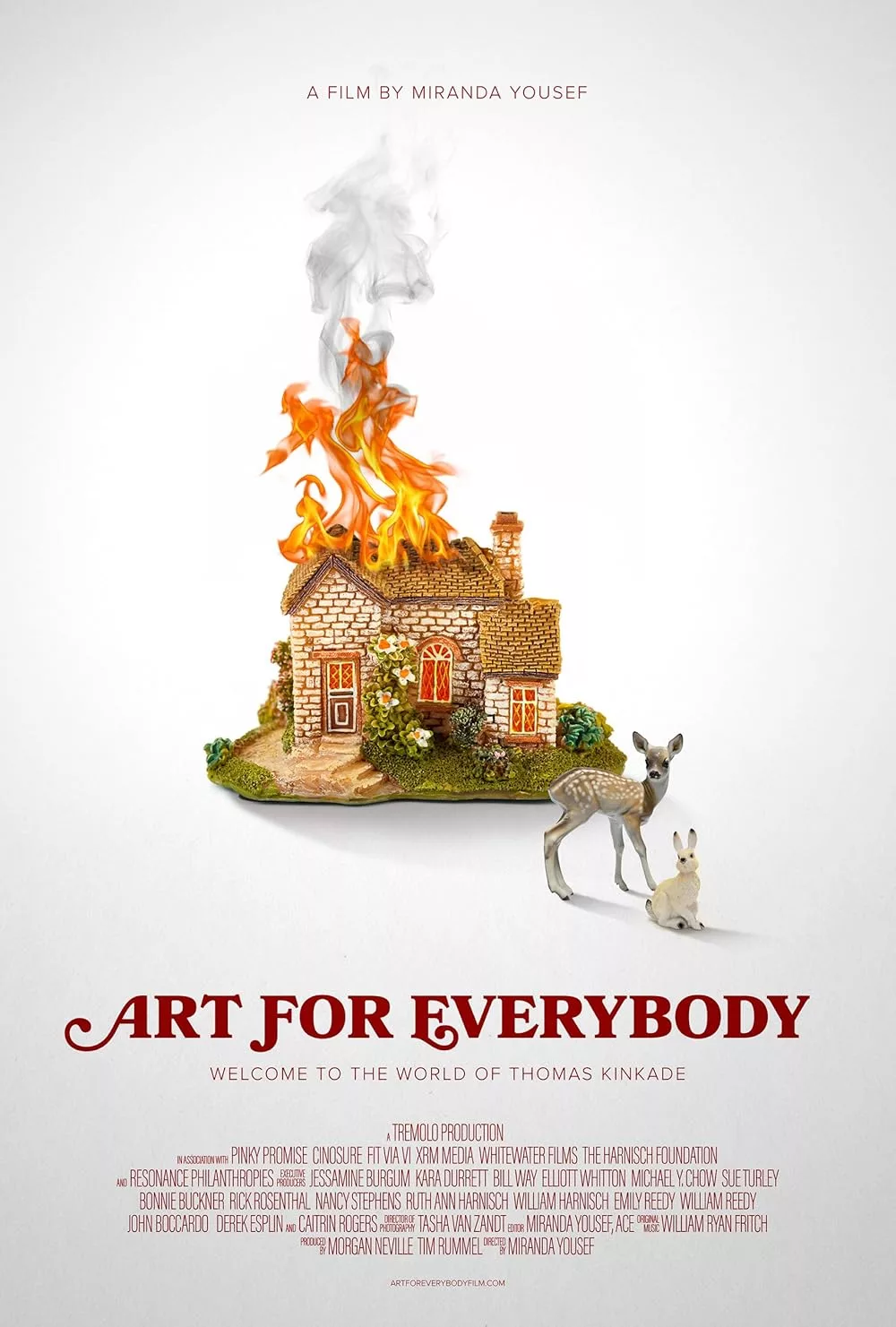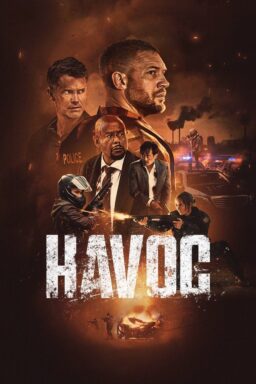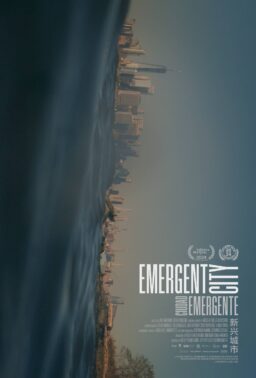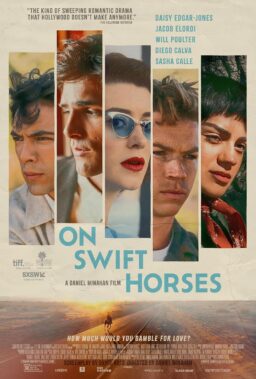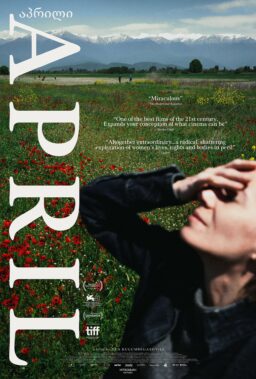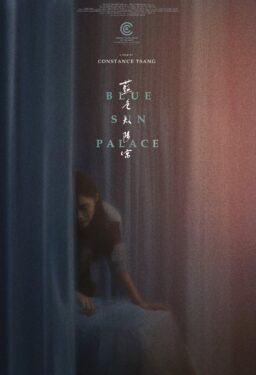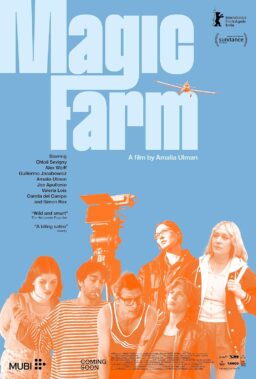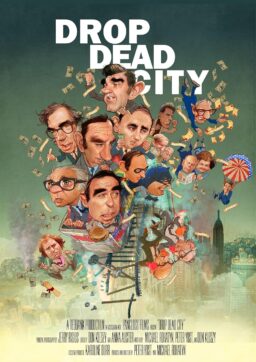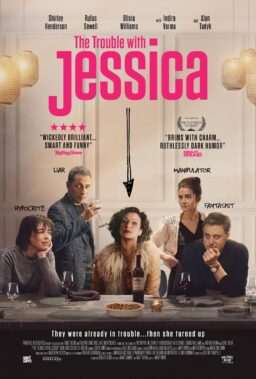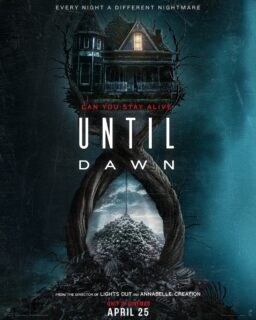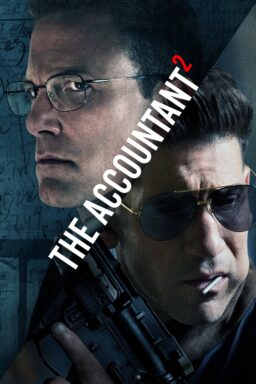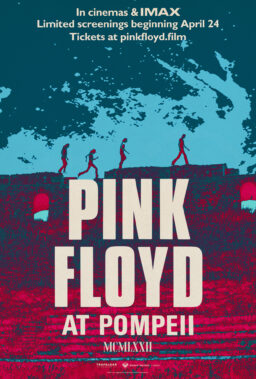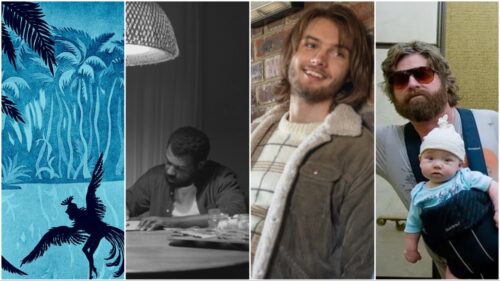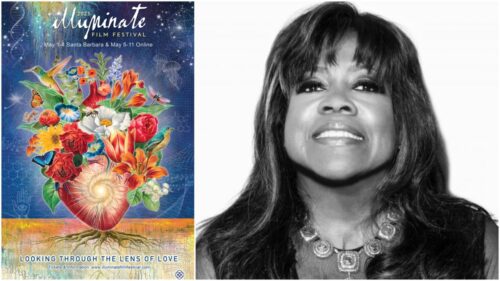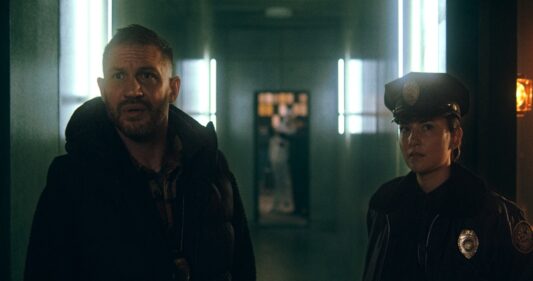Thomas Kinkade, the subject of the documentary “Art for Everybody,” was just 53 when he died of what a coroner said was an overdose of alcohol and Valium. He was the most financially successful painter in the world at the time of his demise, and the only one to have his own franchised line of stores selling signed prints and licensed merch: plates, mugs, miniatures, stuffed animals.
If you’ve a pair of eyes and have been out in public in the United States at any point in the last 30 years, you’ve seen Kinkade’s work. It was likely an image of a landscape with numerous trees, probably mountains, and a lake or pond, arranged around homes with architecture that wouldn’t be out of place on the cover of a novel set in Midwestern America during the time of horse-drawn wagons. Even the paintings of modern cities felt somehow ancient, or perhaps mythical. Something about the paintings struck certain people in a deep place. The fan base that built up around him was as intense as it was vast: a starry-eyed, very polite cult.
His vision looked, from certain angles, like the sinister sort of wishful thinking. He sold his audience creamy images of a bland monoculture devoid of minorities, inequality, or any negative vibes. There are images of metropolises with what appear to be thousands of individuals in the frame, yet, as a couple of observers point out, not a single non-white face, or a couple that isn’t heterosexual. Even Kinkade’s San Francisco paintings are like this.
Sometimes, there are no people in his images at all—just real estate in which all the interior lights of homes are blasting so brightly that it’s as if extraterrestrials had landed on Earth in a starship shaped like a cabin or bungalow. If you looked at a dozen of those, you might start to think that Kinkade’s idea of a perfect world was one with no humans.
Kinkade’s detractors in the world of galleries and universities said his work was more product than art. His main triumph, they said, was that of a brilliant salesman. He leveraged his religiosity. He was a Christian whose style resonated strongly with evangelicals. He prayed with customers.
It would have been very easy to score cheap points off Kinkade. Still, the film’s director and supervising editor Miranda Yousef has instead come up with a structurally complex and very empathetic portrait of a troubled man, somebody who put his gifts into portraying a world that (according to interviewees like New Yorker profile writer Susan Orleans and Los Angeles Times art critic Christopher Knight) realized the dream of hiding from anything troublesome, challenging or objectionable, including his demons, which were many and ferocious.
Kinkade was essentially a teetotaler in his youth but became an alcoholic later. The film suggests a drive to rub critics’ noses in his unprecedented financial success in a world that thought him simplistic and shallow. Success took the fun out of painting. It became something crammed in between phone calls with investors, patrons, lawyers, and members of the press. In the ‘Kincade conquers the world’ part of the movie, it’s obvious that he’s giving a lot of his time to business, bookkeeping, and promotion. He insists he stays productive as a painter because he can paint and do other things at the same time, like talk on the phone. That doesn’t sound like quality control, though, does it? The multitasking and the pace led to burnout, as well as a sense of self-loathing for having abandoned other aspects of his talent.
His wife and daughters discover evidence of the latter in a hidden vault. Yousef cleverly structures the film around the door to, and contents of, the vault, doling out works sparingly and always timed to illuminate certain aspects of Kinkade’s personality. He’s technically an excellent painter, although, as the movie points out, what we see among the contents of the vault feel less like fully developed works than sketches or notions. What’s most fascinating about them is how they reveal the darker and more vexing aspects of his personality—the things Kinkade kept hidden to appeal to the large audience he had cultivated, which would not want to have anything to do with his alternate selves.
This is a fascinating documentary about a family discovering the depth and complexity of their patriarch while coming to terms with his flaws, as well as the capitalist system of art exhibition and sale that has different tiers and gatekeepers, depending on who you are, and your version of life. It doesn’t make the case for Kinkade as misunderstood or unappreciated: basically, what you saw was what you got. But it does make you feel for a man who devoted his considerable skills to art that let him hide from himself, and granted the people who bought his work the same privilege.


